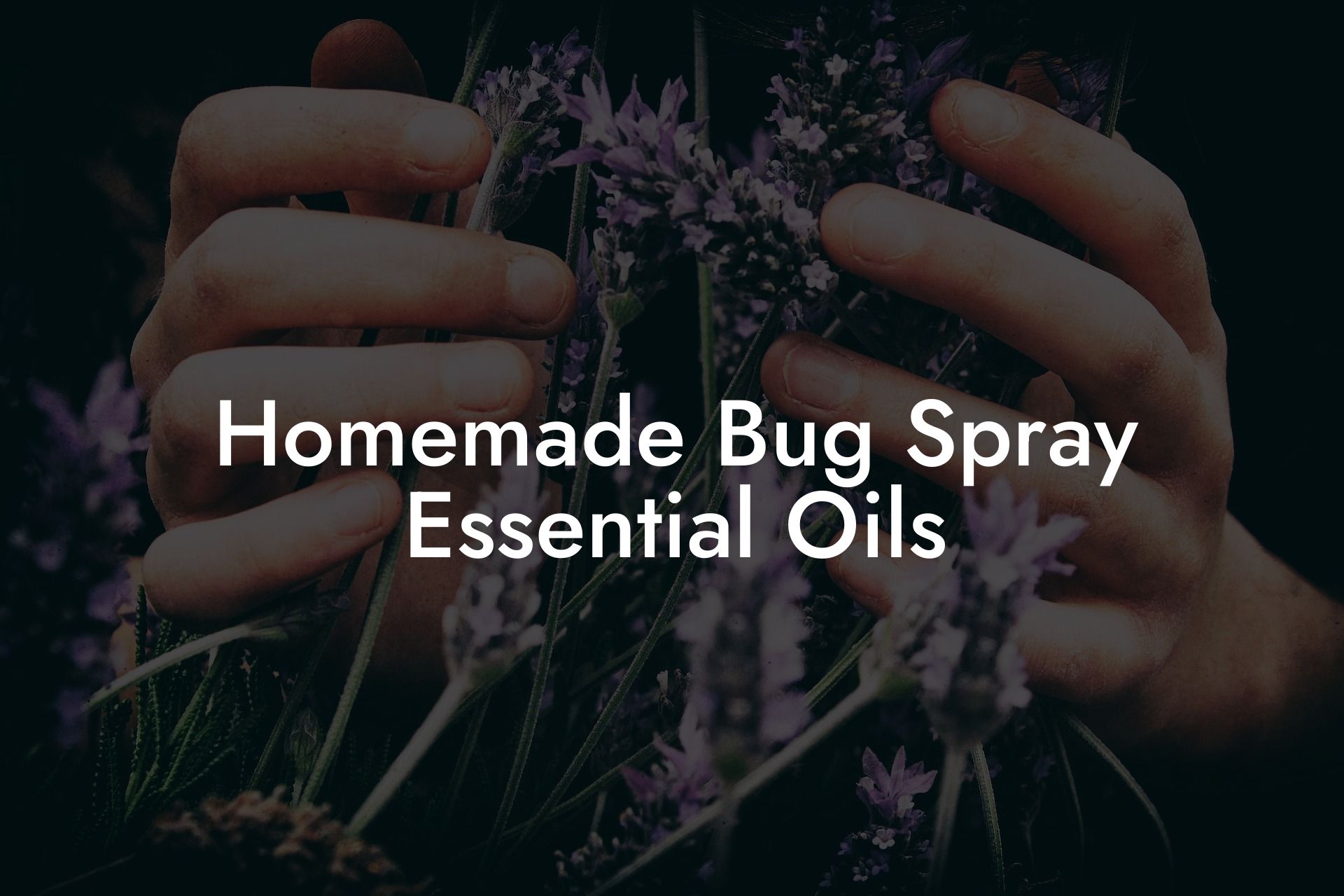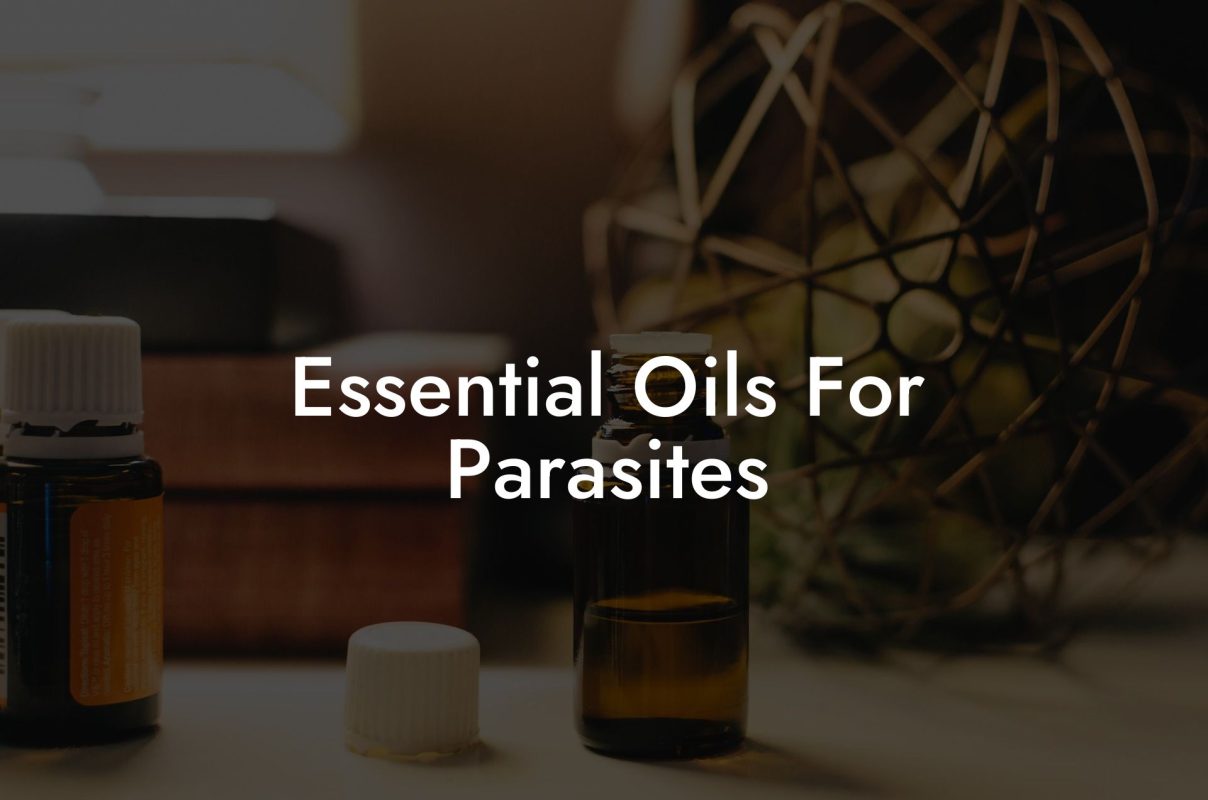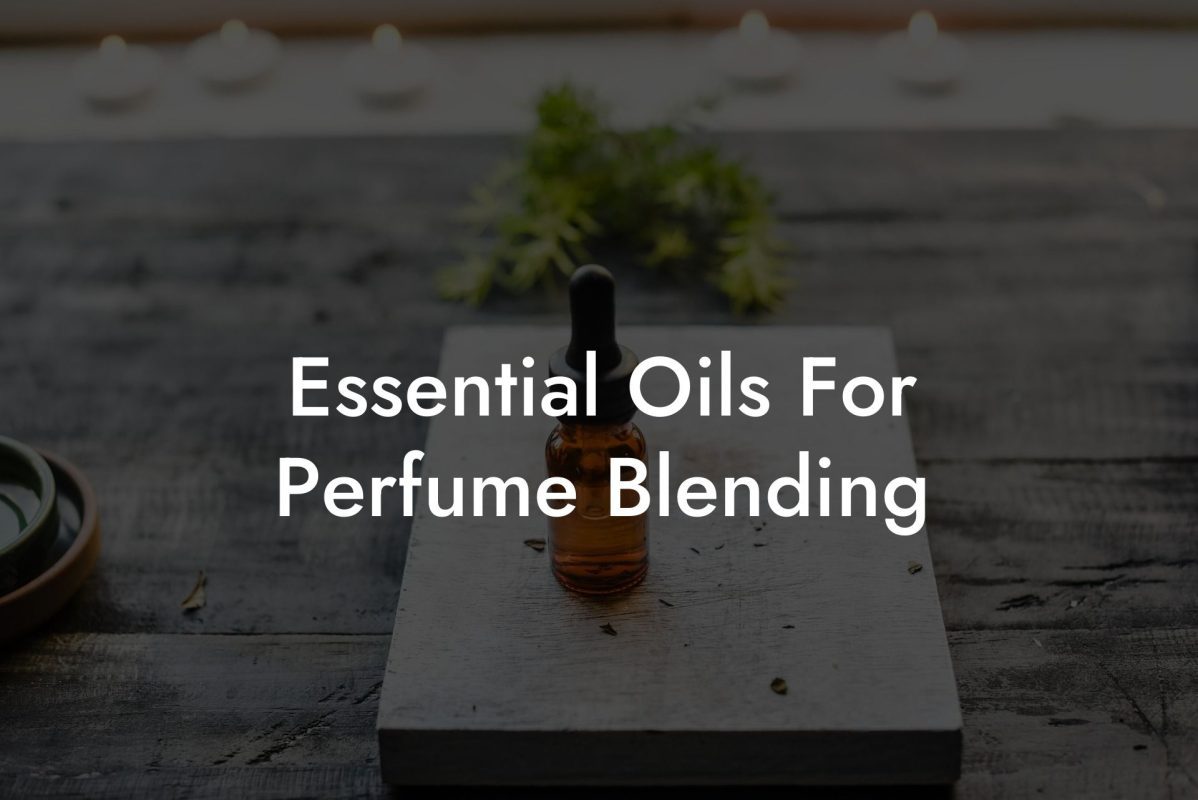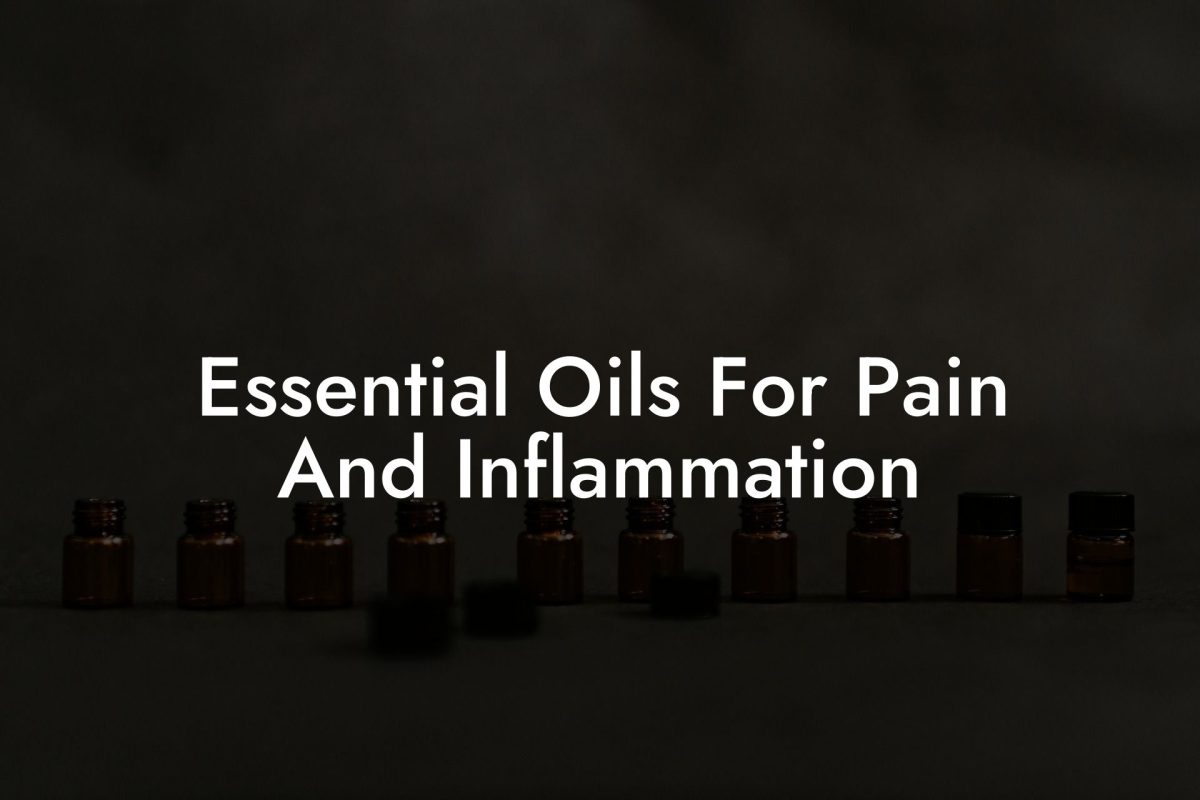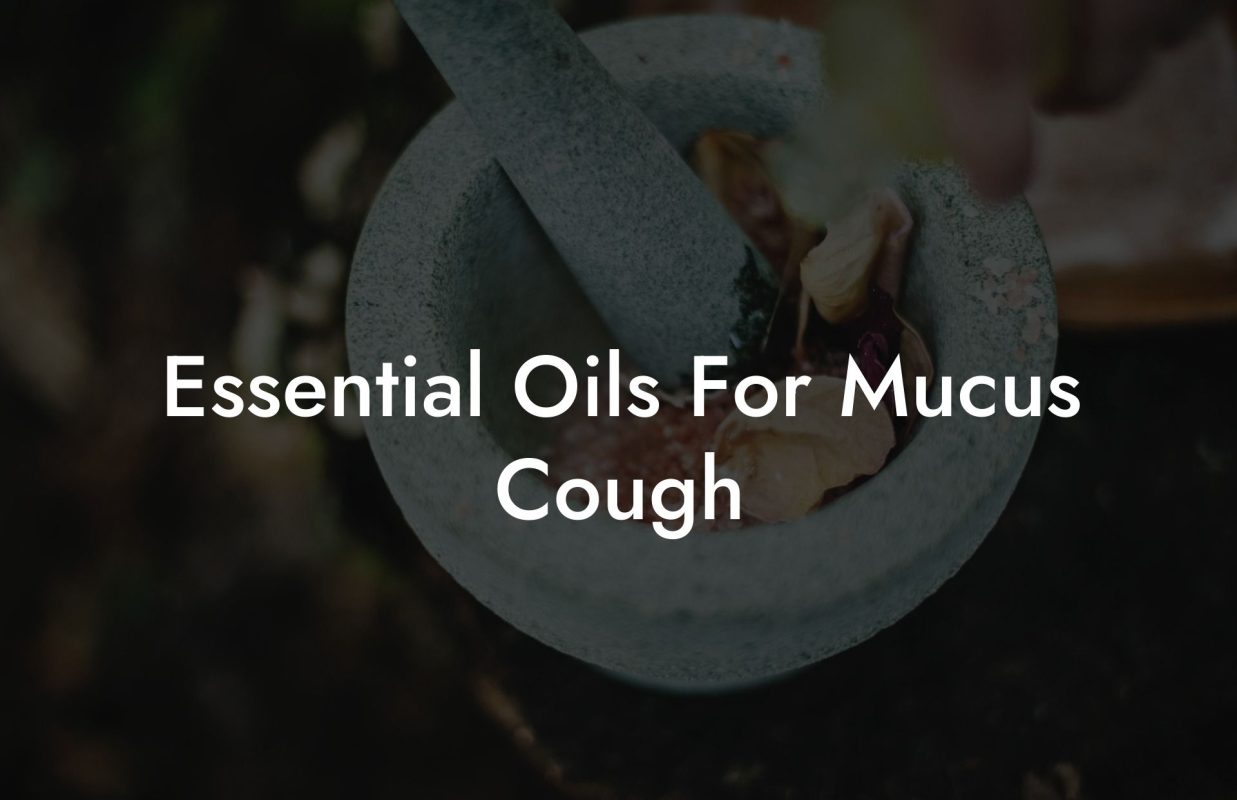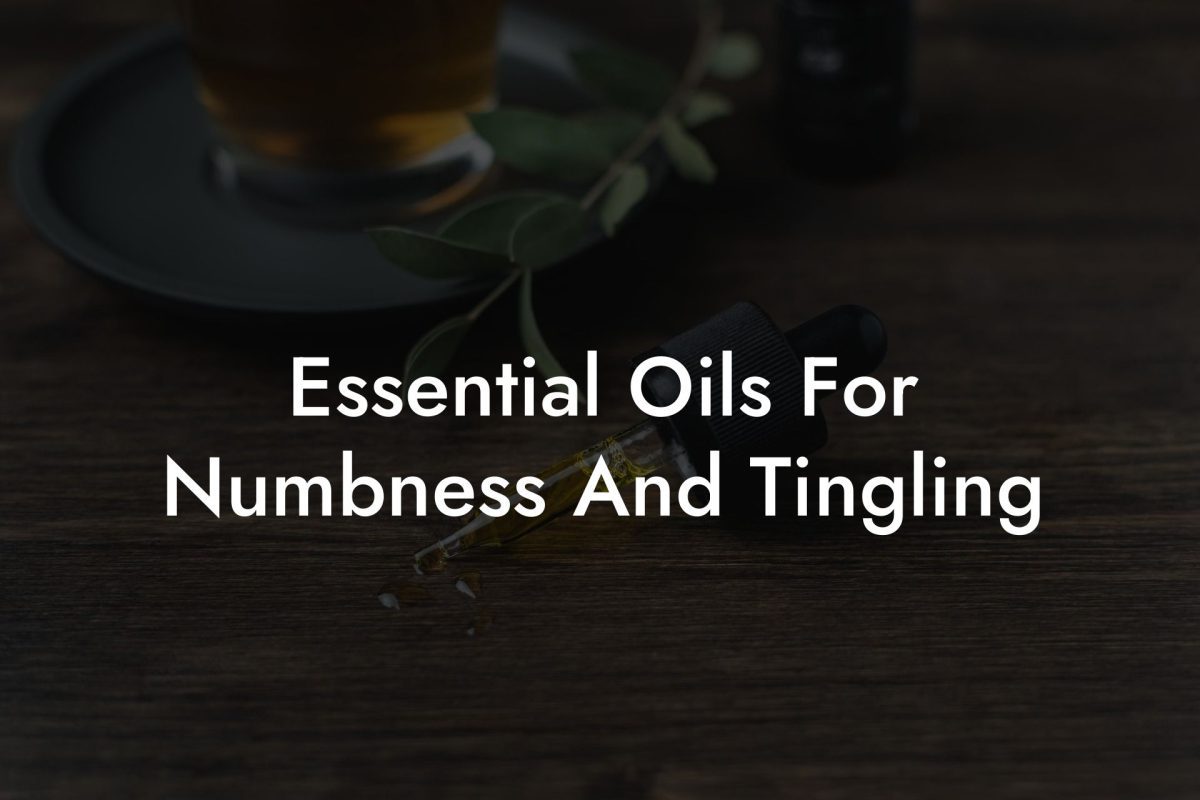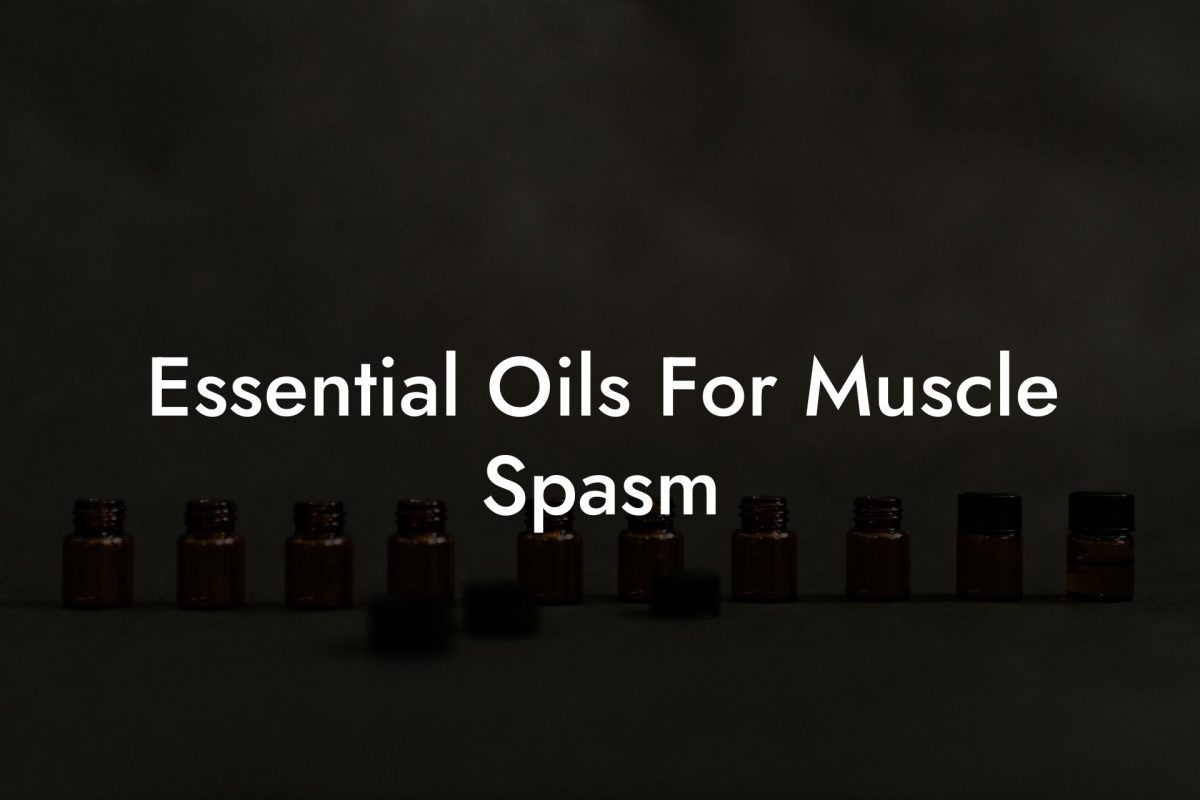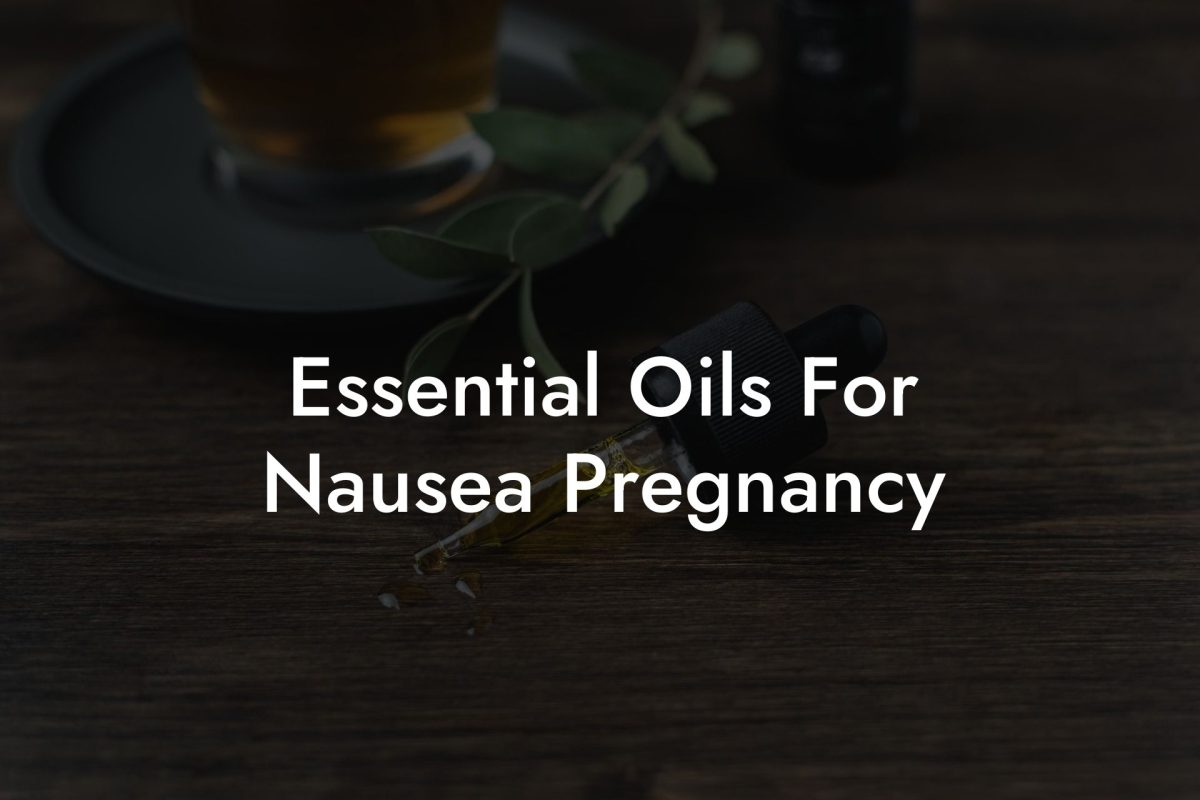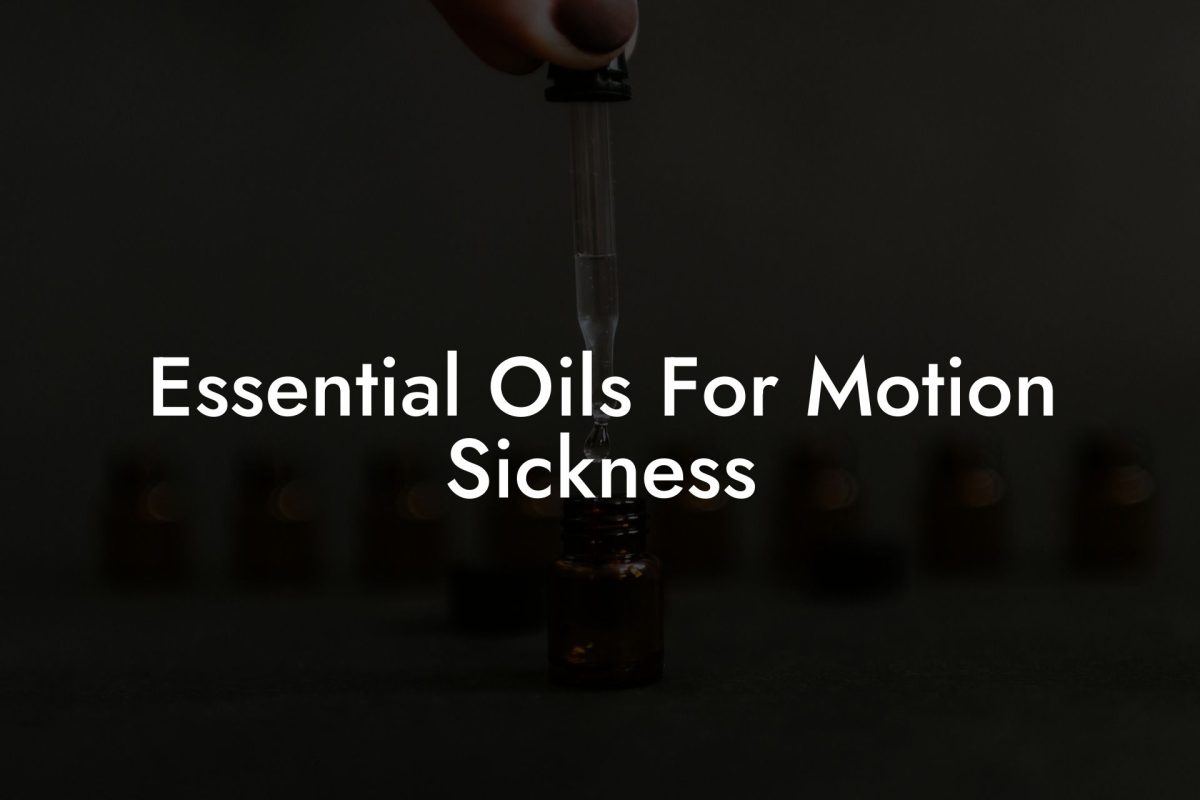Keep bugs at bay with DIY bug spray crafted from natural essential oils. Learn which oils deter specific pests, how to safely blend them, and tips to ensure maximum effectiveness in your homemade bug spray.
Table of Contents
Choosing the Right Essential Oils
When making your homemade bug spray, it’s crucial to select essential oils that are effective at repelling common pests. Here are some of the top choices:
Lavender Oil
– Repels mosquitoes, moths, and flies.
Eucalyptus Oil
– Repels ticks and mosquitoes. A study found that oil of lemon eucalyptus was as effective as DEET in repelling mosquitoes.
Citronella Oil
– Repels mosquitoes, flies, and ants.
Lemongrass Oil
– Repels mosquitoes and ticks.
Peppermint Oil
– Repels spiders, ants, and mosquitoes.
Tea Tree Oil
– Effective against mosquitoes, ants, and ticks.
Geranium Oil
– Repels mosquitoes, ticks, and ants.
Mix and match these essential oils to create a blend that caters to your specific needs and personal scent preferences.
Formulating Your Bug Spray
To make a homemade bug spray, you’ll need the following ingredients:
– Glass spray bottle
– Distilled water
– Witch hazel
– Essential oils (refer to the list above)
To create a balanced and effective bug spray, follow these simple steps:
1. Fill the glass spray bottle halfway with distilled water.
2. Fill the remaining half with witch hazel.
3. Add the desired essential oils (see guidelines below).
The number of essential oil drops you add to your bug spray will depend on the size of your spray bottle and your personal preferences. Typically, a 2-ounce bottle requires 30-50 drops of essential oils, while a 4-ounce bottle may need 60-100 drops.
Guidelines for Creating Safe, Effective Blends
There are a few important guidelines to follow when blending essential oils for bug sprays:
– Mix and match essential oils from the list above for a unique scent that repels multiple types of bugs.
– Be cautious when using essential oils around pregnant or nursing women, as certain essential oils are not recommended for them.
– Check the dilution rates and safety measures for each essential oil. In general, use a 1-3% dilution rate for topical applications.
– Perform a patch test before applying the bug spray to a large area of the skin. Apply a small amount to your inner elbow and monitor for any reactions over 24 hours.
Homemade Bug Spray Essential Oils Example:
Here’s a simple, yet effective DIY bug spray recipe that combines some of the top essential oils for repelling bugs.
Ingredients:
– 2-ounce glass spray bottle
– 1 ounce distilled water
– 1 ounce witch hazel
– 10 drops lavender oil
– 10 drops citronella oil
– 5 drops eucalyptus oil
– 5 drops lemongrass oil
Instructions:
1. Fill the 2-ounce glass spray bottle halfway with distilled water.
2. Fill the remaining half with witch hazel.
3. Add the essential oils in the recommended amounts.
4. Shake well before each use to ensure the oils are properly mixed.
Now you’re well-equipped to create a safe, natural, and effective DIY bug spray using essential oils. Explore other guides on Oshu Oils’ blog for more insights into essential oils, aromacology, and their various applications. Don’t forget to check out the range of Oshu Oils’ essential oils to ensure you’re using high-quality oils in your homemade bug spray. Happy blending and bug-free adventures to you!
Remember to share this article with friends and family looking for natural ways to protect themselves from pesky pests.

